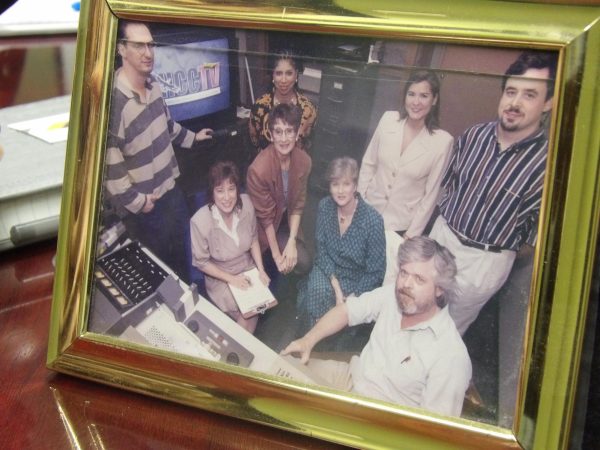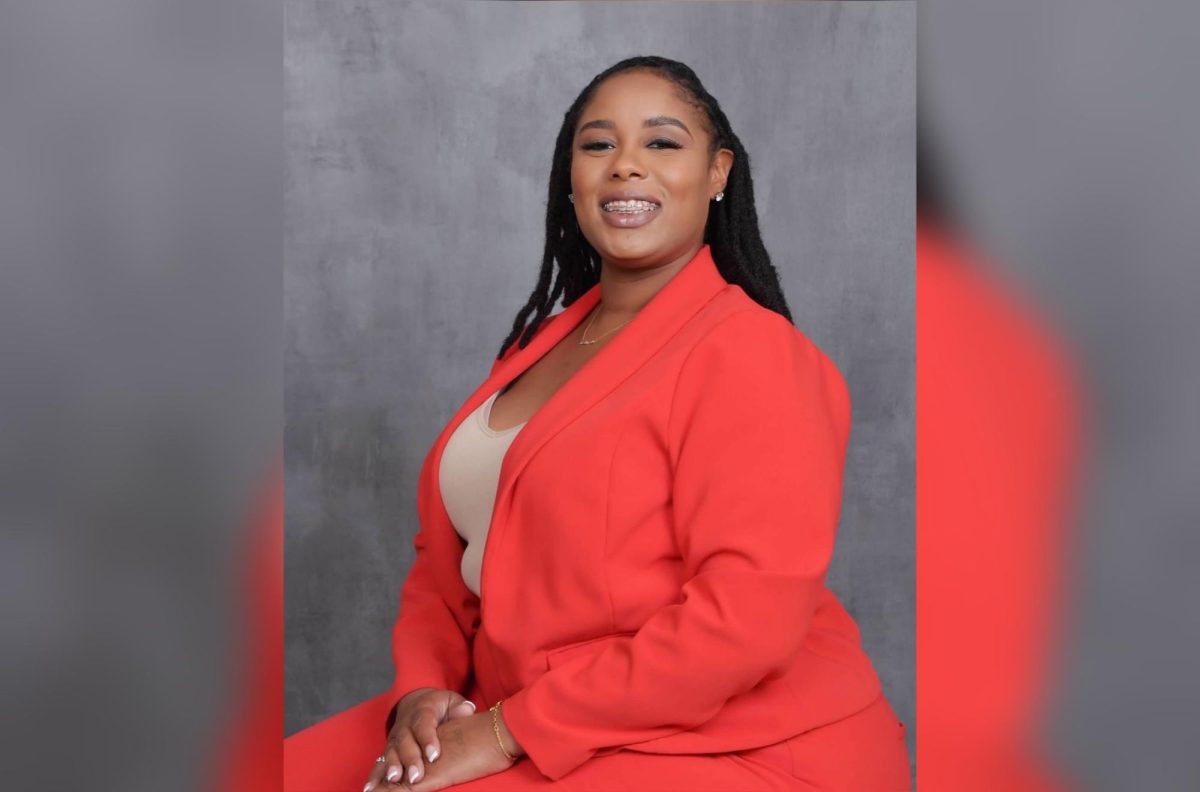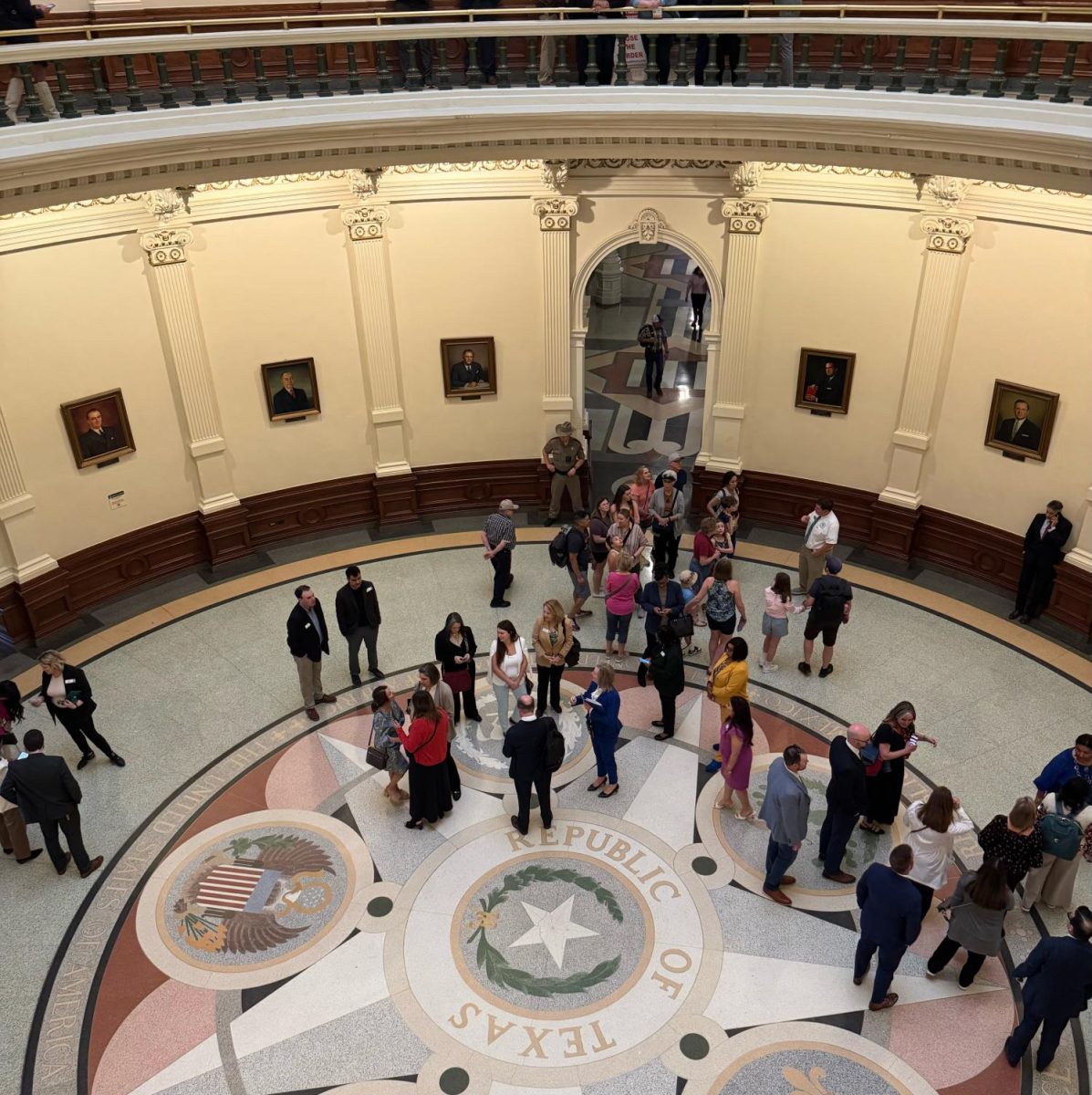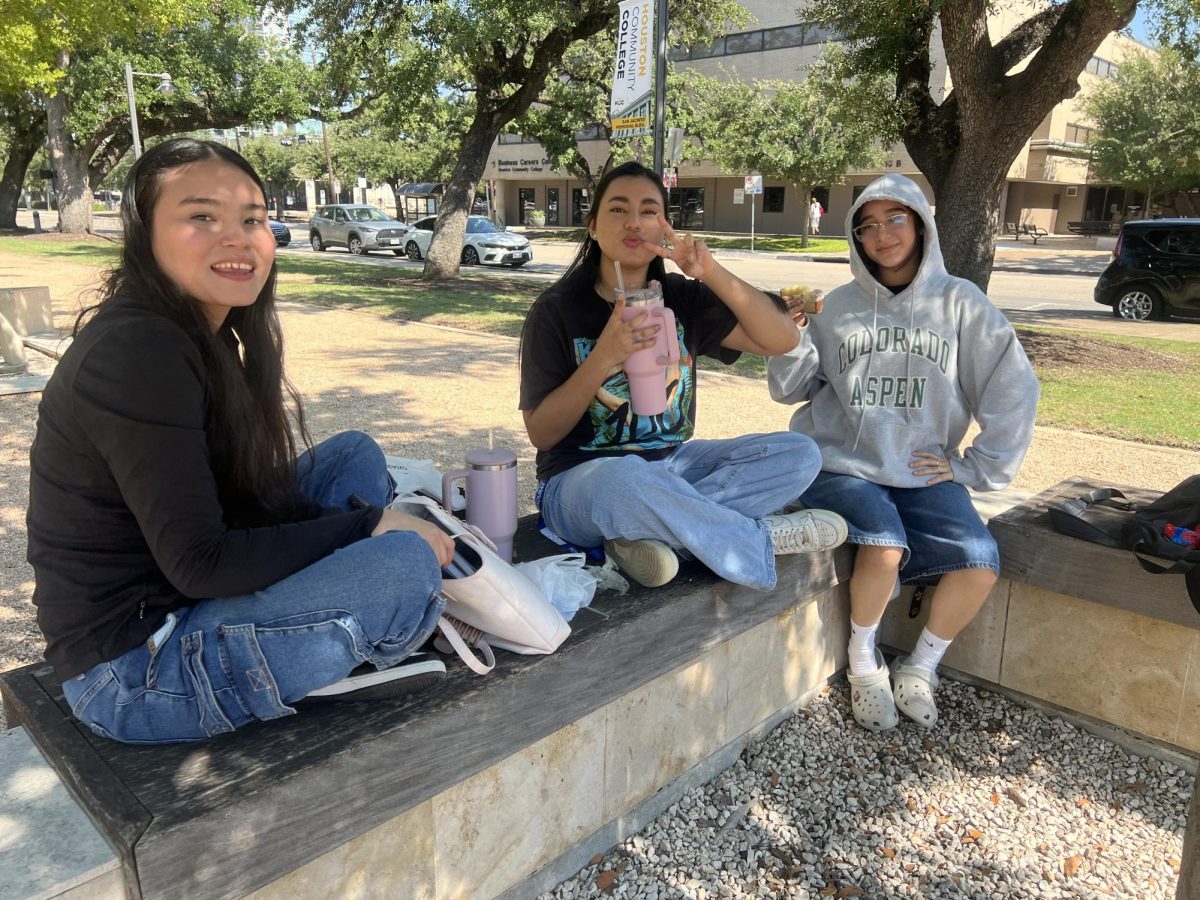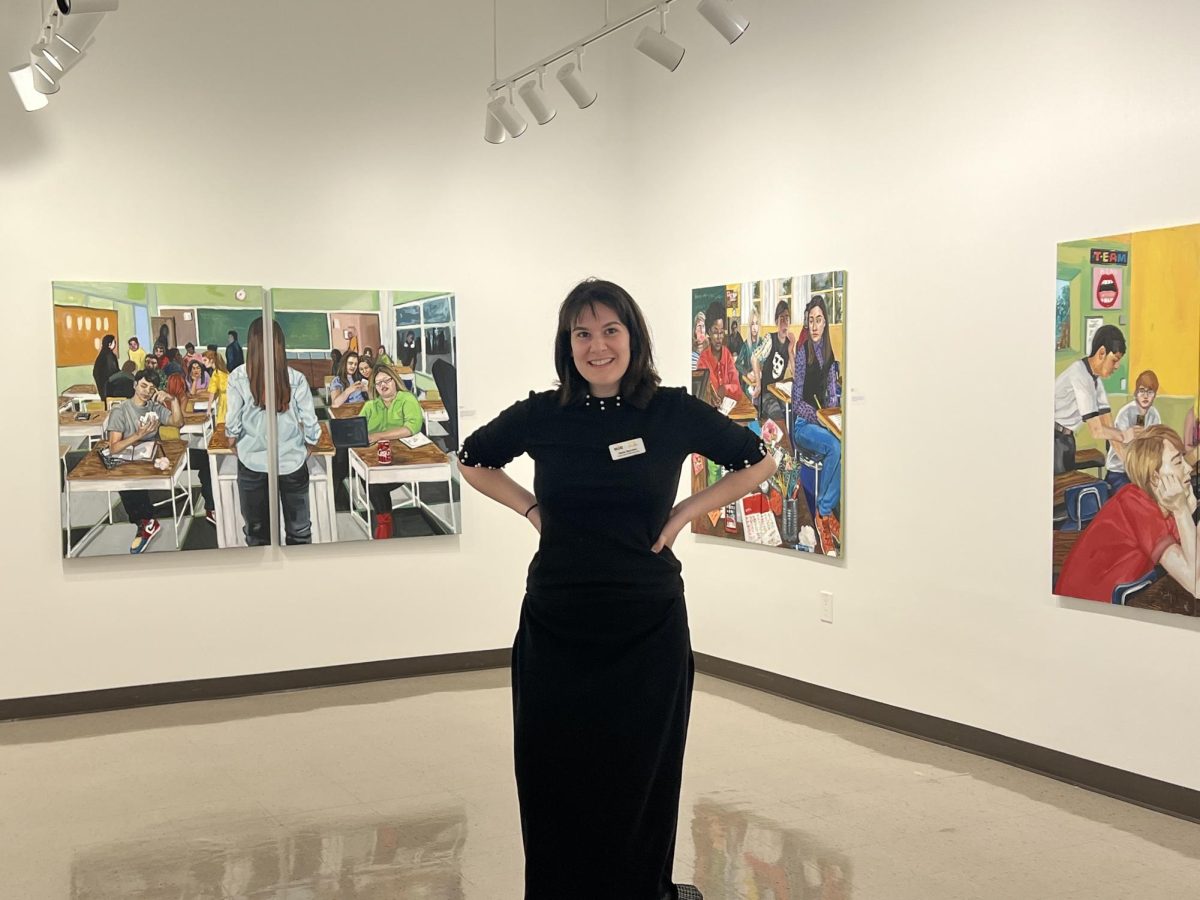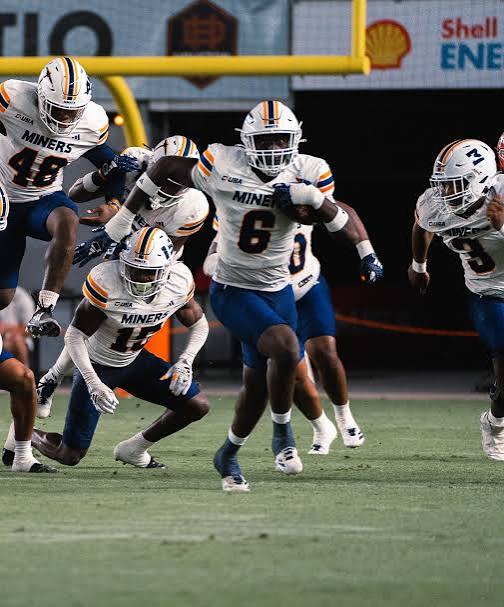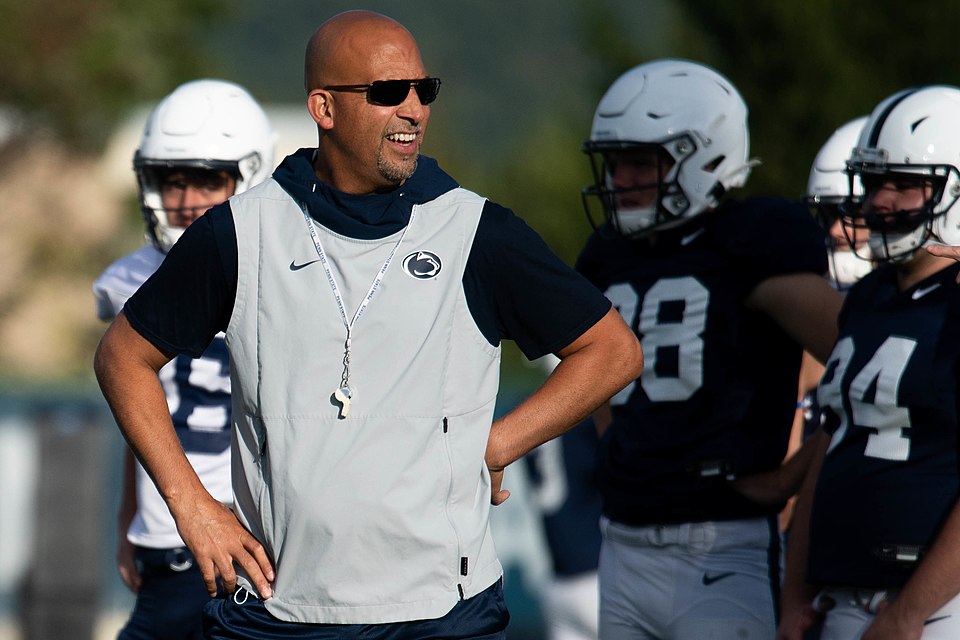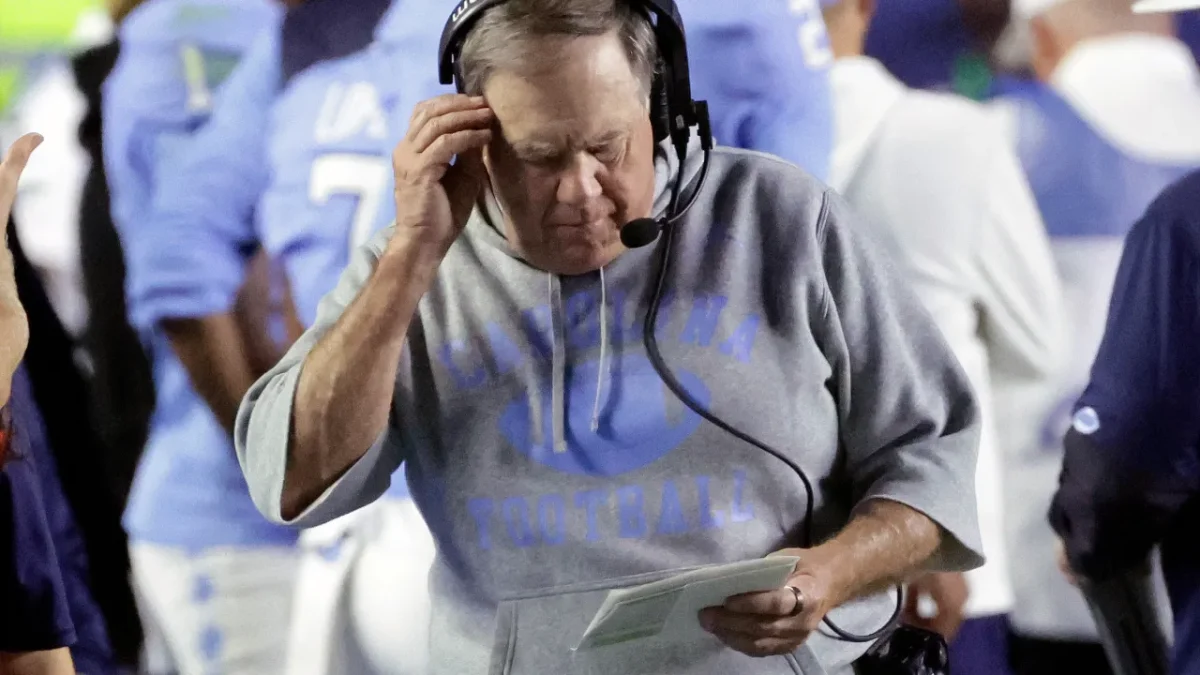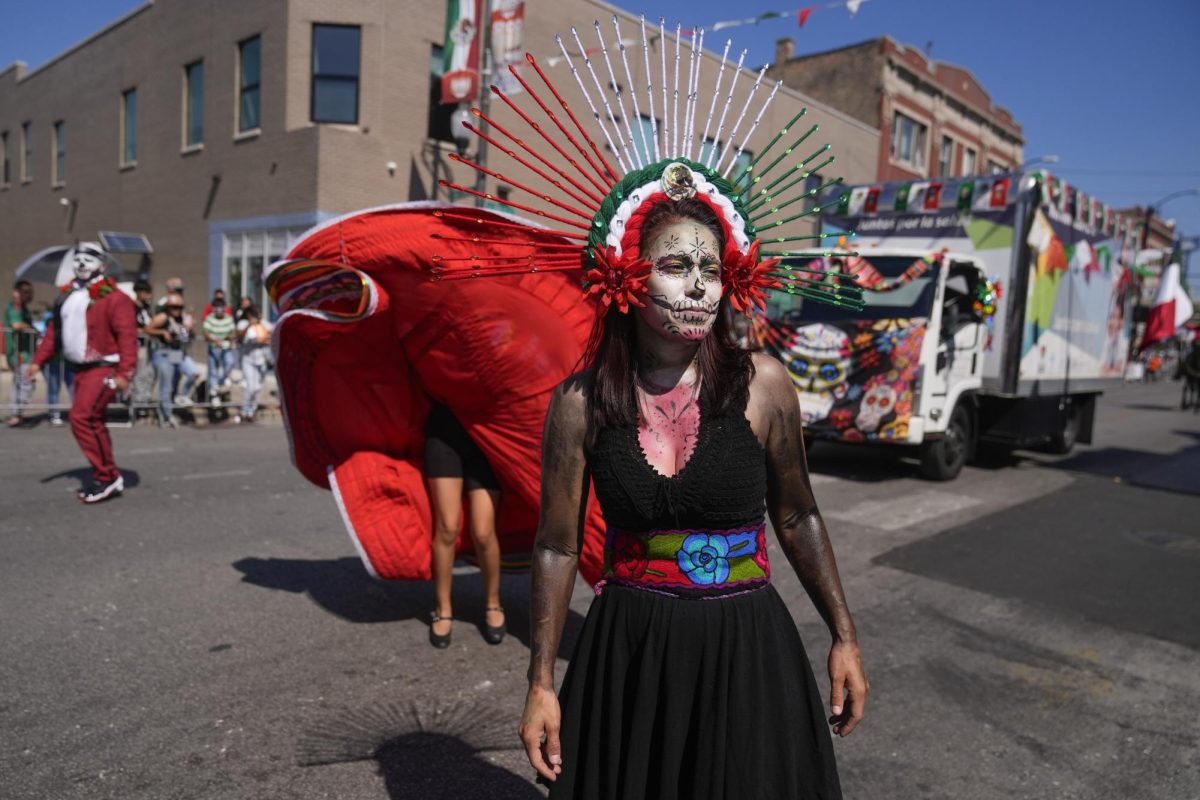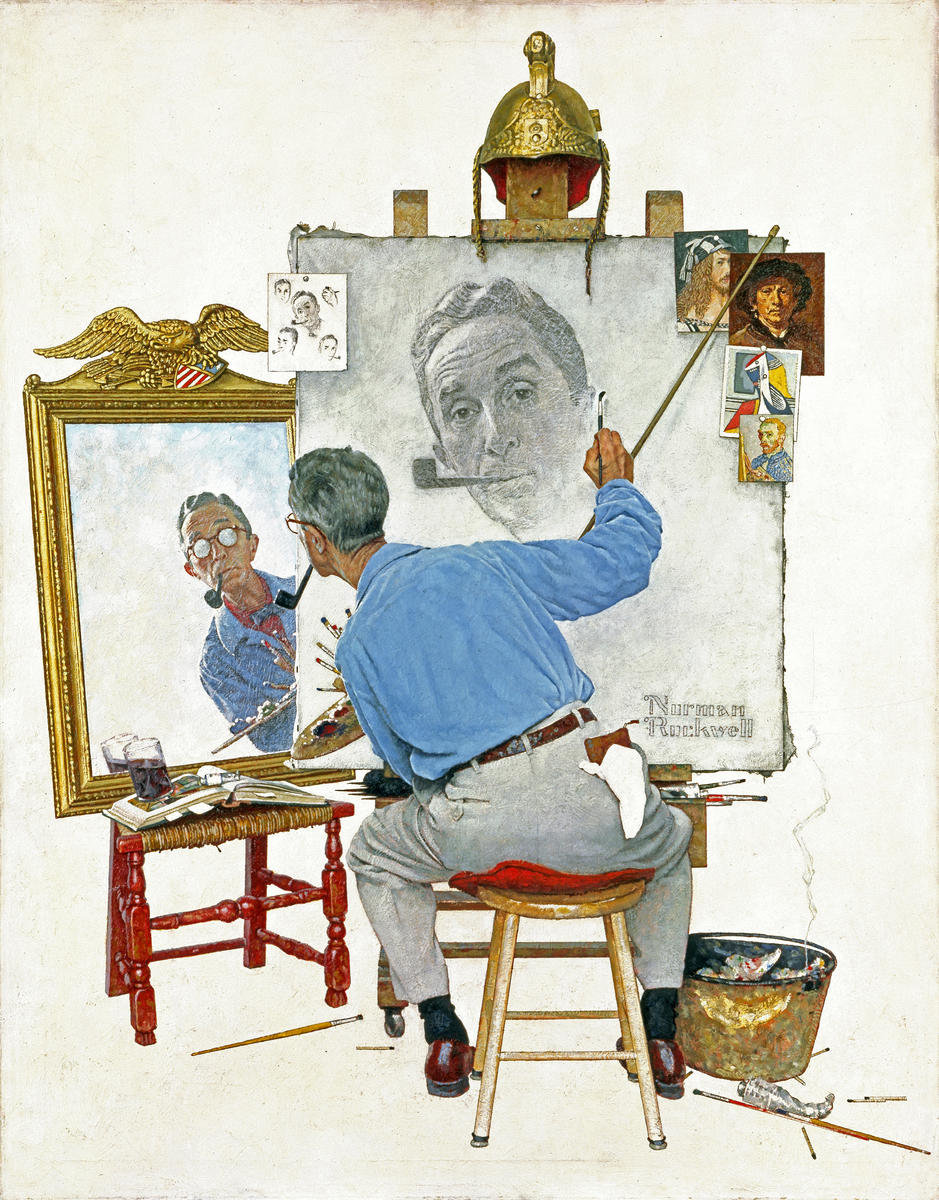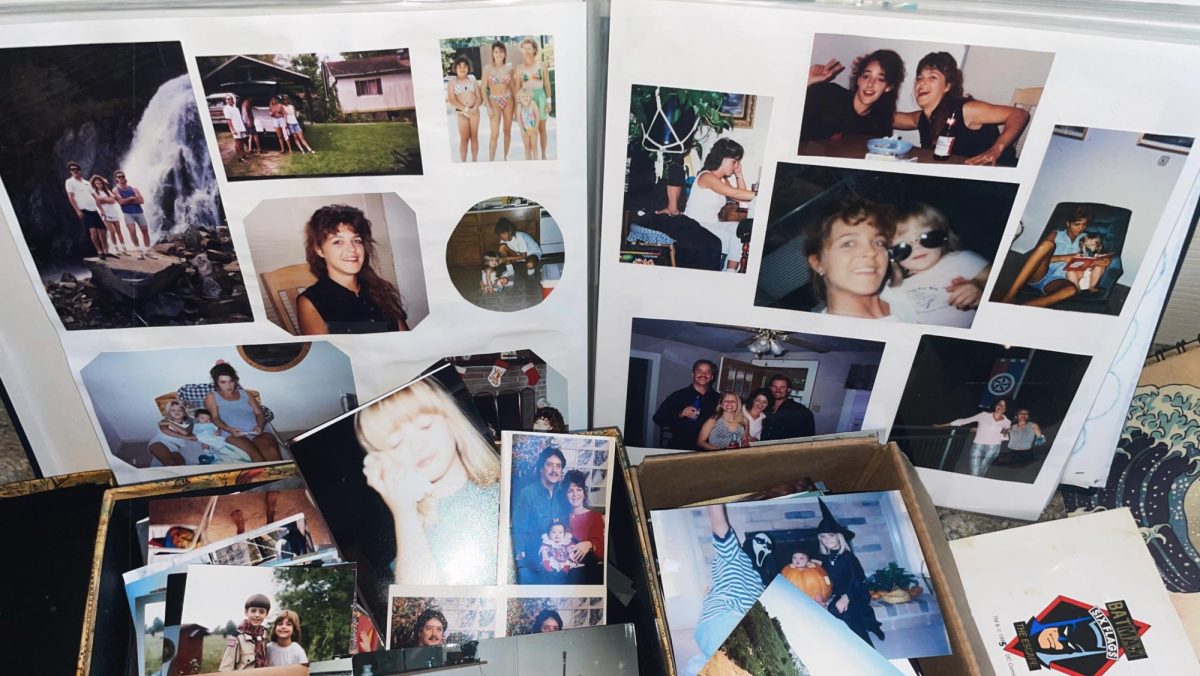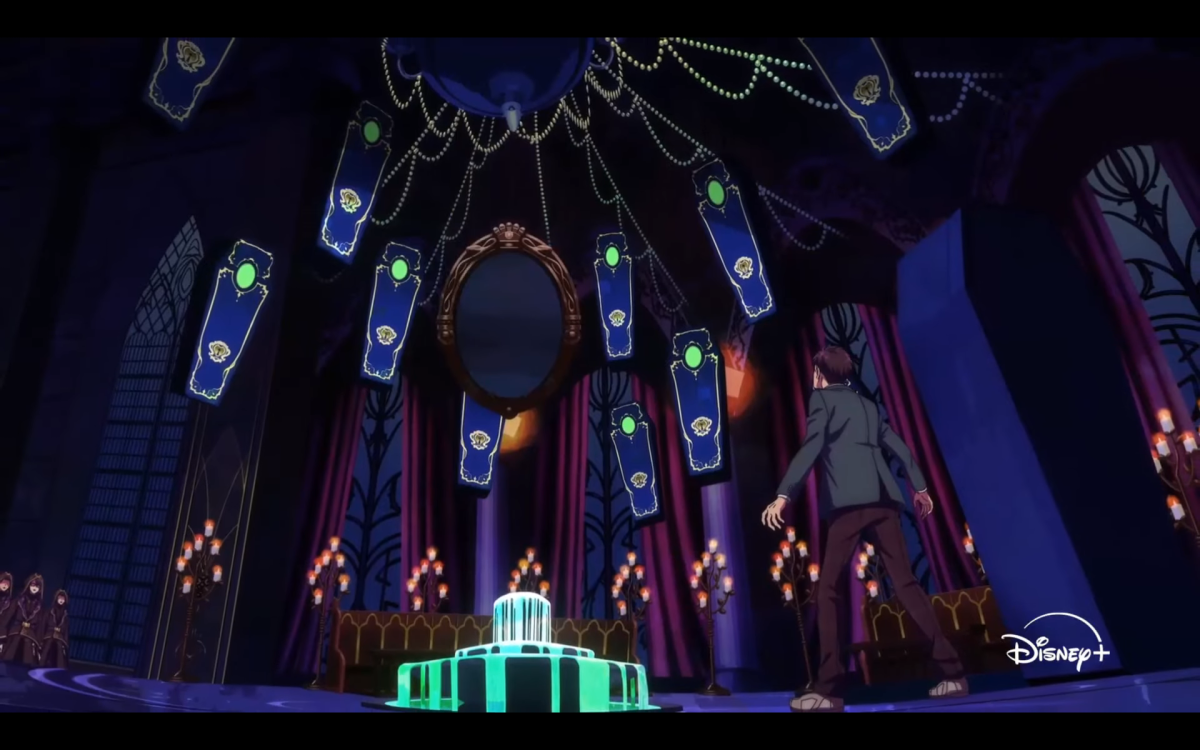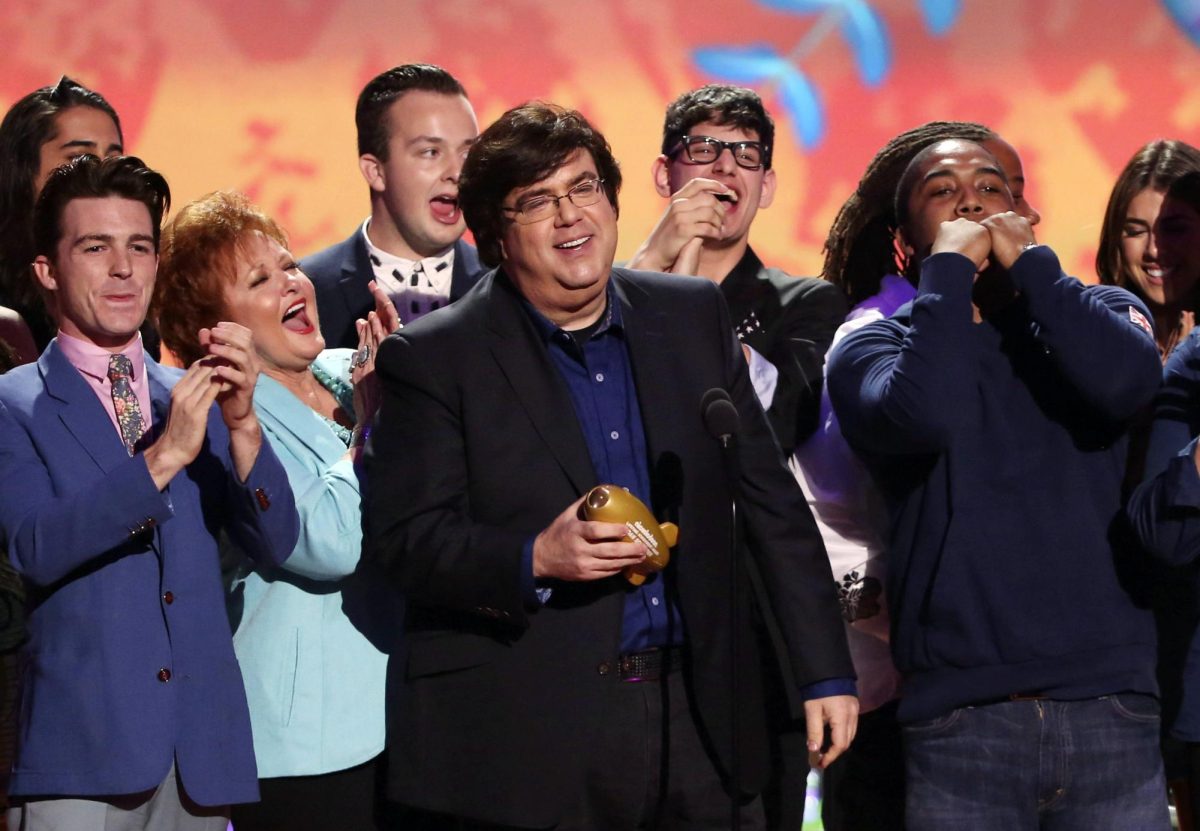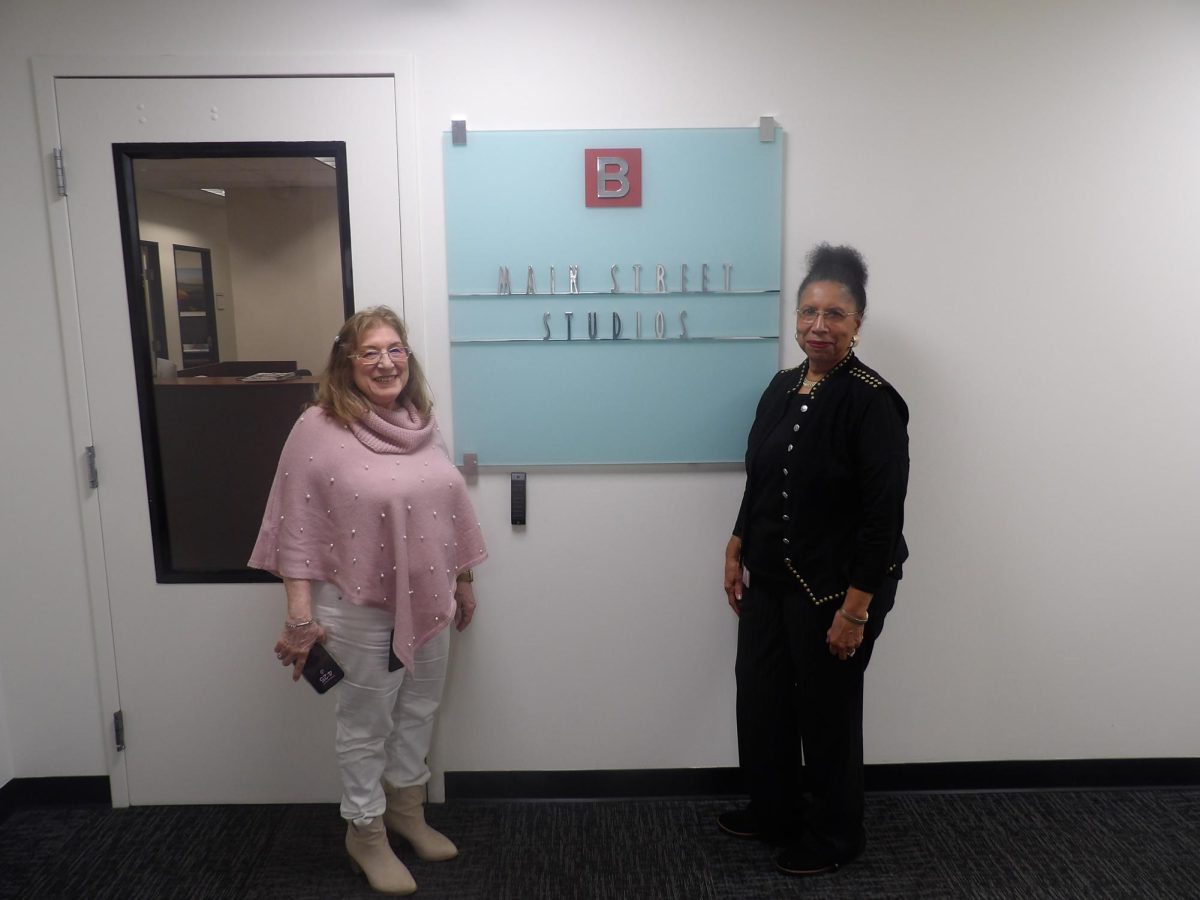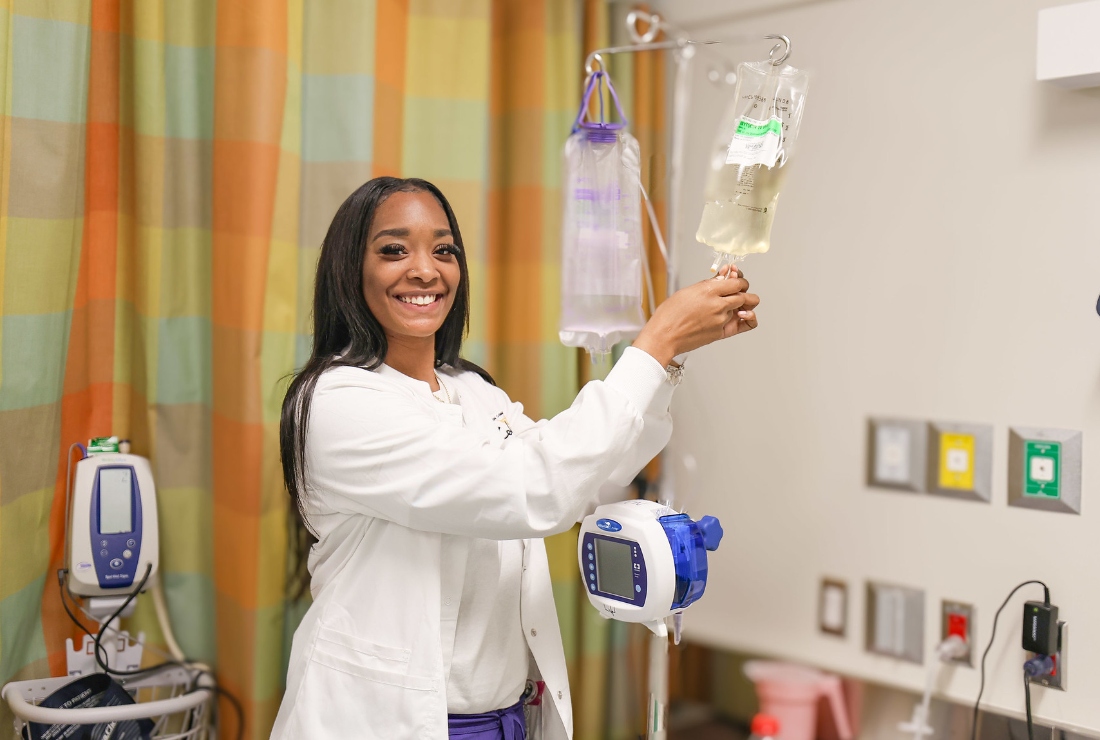In 1994, the city of Houston awarded the Houston Community College System one of four paid educational broadcast stations. What began as a way for students to watch lectures at home has become the college’s first and only fully operational television station.
Thirty years later, two women instrumental in shaping HCCTV, sat down to discuss the station’s evolution. HCCTV’s Operations Manager, Dr. Toni Rao Southerlan, and the station’s Media Planner, Willie Bryant, helped produce 21 shows simultaneously under the stewardship of former General Manager Debra McGaughey.
The two women reminisced about HCCTV’s glory days, which helped launch the careers of notable local news professionals like FOX 26 Houston News’ Nate Griffen and ABC 13 Houston’s Brittaney Wilmore.
Operating first amongst the black-painted walls of an abandoned classroom, HCCTV’s journey began with thirty-minute shows and one interviewer speaking with a handful of weekly guests. The late Joseph Jay Smith played a key role in the station’s early years by manning all production cameras himself.
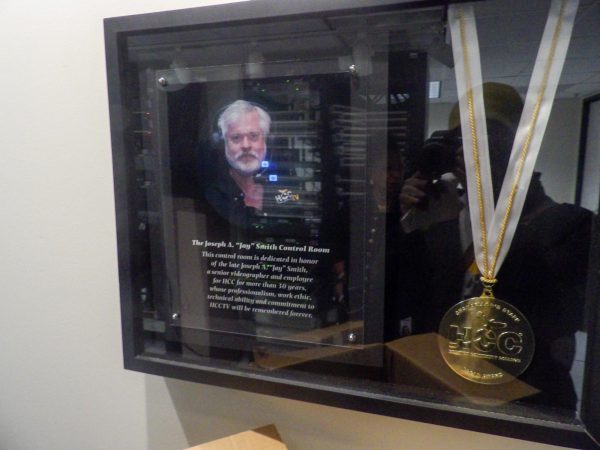
“Jay was our one-man band,” recalls Bryant. “He would run and readjust our cameras during the production of the shows. It was a lot of work for one person.” Smith’s contributions to the early days of HCCTV are acknowledged with a scholarship in his name awarded to student interns at the station.
Before moving out of the classroom studio on 3821 Caroline St, HCCTV expanded its staff and purchased an old van remodeled into a production truck equipped with switchers, audio, and playback machines to help broadcast local high school football games. The team ran thick cables throughout the stadiums and used a generator to power up the production equipment inside the van.

After operating in the studio, HCCTV moved into its current location at 1300 Main St and hired an engineer to help mimic the design of actual television stations.
“It was all analog,” recalls Dr. Southerlan, who’d previously worked in broadcast news for over a decade before joining HCCTV in 1997. Inside studios A and B lived live band performances, cooking shows, and other programs produced by student interns and production staff.
A show Willie Bryant cherishes the most is HCCTV’s oldest running to date, “Dialogue Houston.” The show’s host, Laurence Payne, dedicated thirty-one years of free service to the broadcast channel before passing away last year. Bryant, who served as the show’s producer, still speaks highly of Payne’s dedication and leadership.
“He was a true servant leader,” said Bryant. She describes the show as a community service program for Houston residents to learn about issues affecting their community. According to Bryant, the show became a true example of creative people working together and the blueprint of a successful HCCTV production. “The station was so vibrant back then,” she exclaimed. “It was full of energy. Just a bunch of creative people working together as a team. It was awesome.”
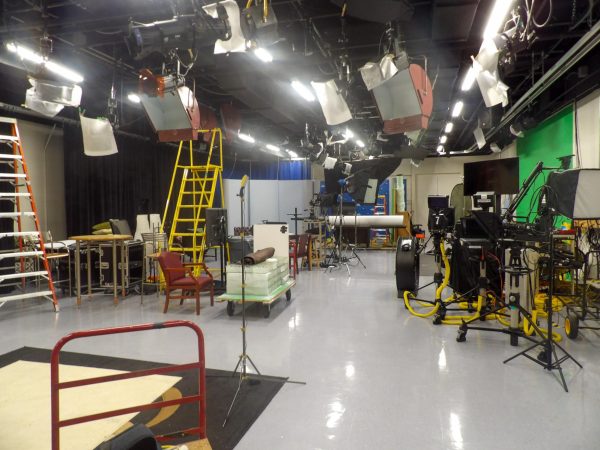
Another show, “The Student Lounge,” remains one of Dr. Southerlan’s favorites. She says that mentoring students and helping them produce weekly newscasts addressing college-related topics and events was, “the most rewarding thing.”
Today, HCCTV offers hands-on experience in broadcast television through internships and work-study opportunities. Students can also receive college credit through the college’s digital communication and film/television practicum courses.
Building students up, just like her supervisor did her in her early years at HCCTV, is vital to Bryant. “I remember him saying to me, ‘I’m pulling you up so that you can reach back and pull somebody else up.” Bryant now maintains the broadcast schedule for the station and plans all of its programming.
Although HCCTV has seen substantial growth throughout the years, Bryant and Dr. Southerlan acknowledge the indifference to HCCTV by students and the college itself. As television and how people consume media continue to evolve, HCCTV works tirelessly to remain relevant by ensuring all its shows are available on all the college’s social media platforms. Yet, both women believe the lack of good quality free programming and support of leadership who value the importance of creativity has resulted in students losing interest.
“Many people today don’t even know HCCTV even exists,” revealed Bryant. When discussing why there hasn’t been much promotion for HCCTV, Dr. Southerlan used the metaphor of it being a massive ship with many different parts and that sometimes the person controlling the front doesn’t know what’s happening in the back.
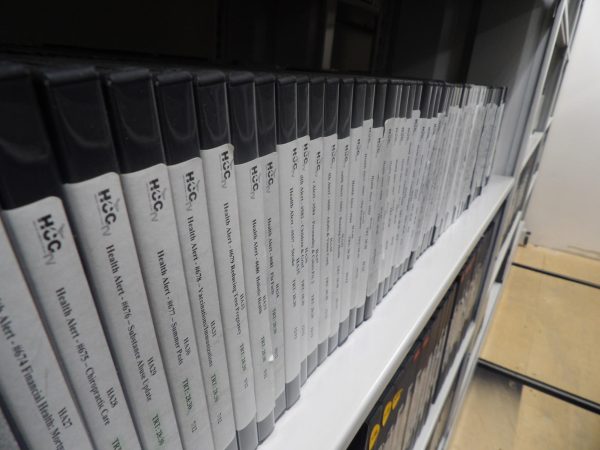
“Communication isn’t always there,” Dr. Southerlan said. A lack of communication and funding from the college, according to Bryant. The veteran producer has tried to overcome this by inviting local non-profits to come into the station and shoot free promotional spots. The outreach initiative, “So You Know,” is one of many ideas created by Bryant to bring HCCTV back to a time when the station was brimming with free programming.
So far, the results have disappointed the two women who have given their all to HCCTV. Although Bryant has reached out to other organizations, money and time remain a giant hurdle for everyone involved. She has now turned to the colleges at HCC for help, a strategy she revealed hasn’t yet given her the results she would like.
“To run a T.V. station the way it is supposed to be run takes a lot of money,” explained Bryant. “It just isn’t there. And I don’t know; I think a lot of people are afraid to get in front of a camera, too.”
The educational broadcast channel’s situation is not all bad. According to the two women, Chancellor Ford Fisher’s support of HCCTV’s vision comes from her own background in broadcast television. Dr. Southerlan also revealed plans to create a regional news show with the chancellor sometime soon.
Still, both women are uncertain about the prospect of HCCTV reaching more people. “I really would like to see this place just take off before I retire,” said Bryant. “But I don’t know if it will do that.”
